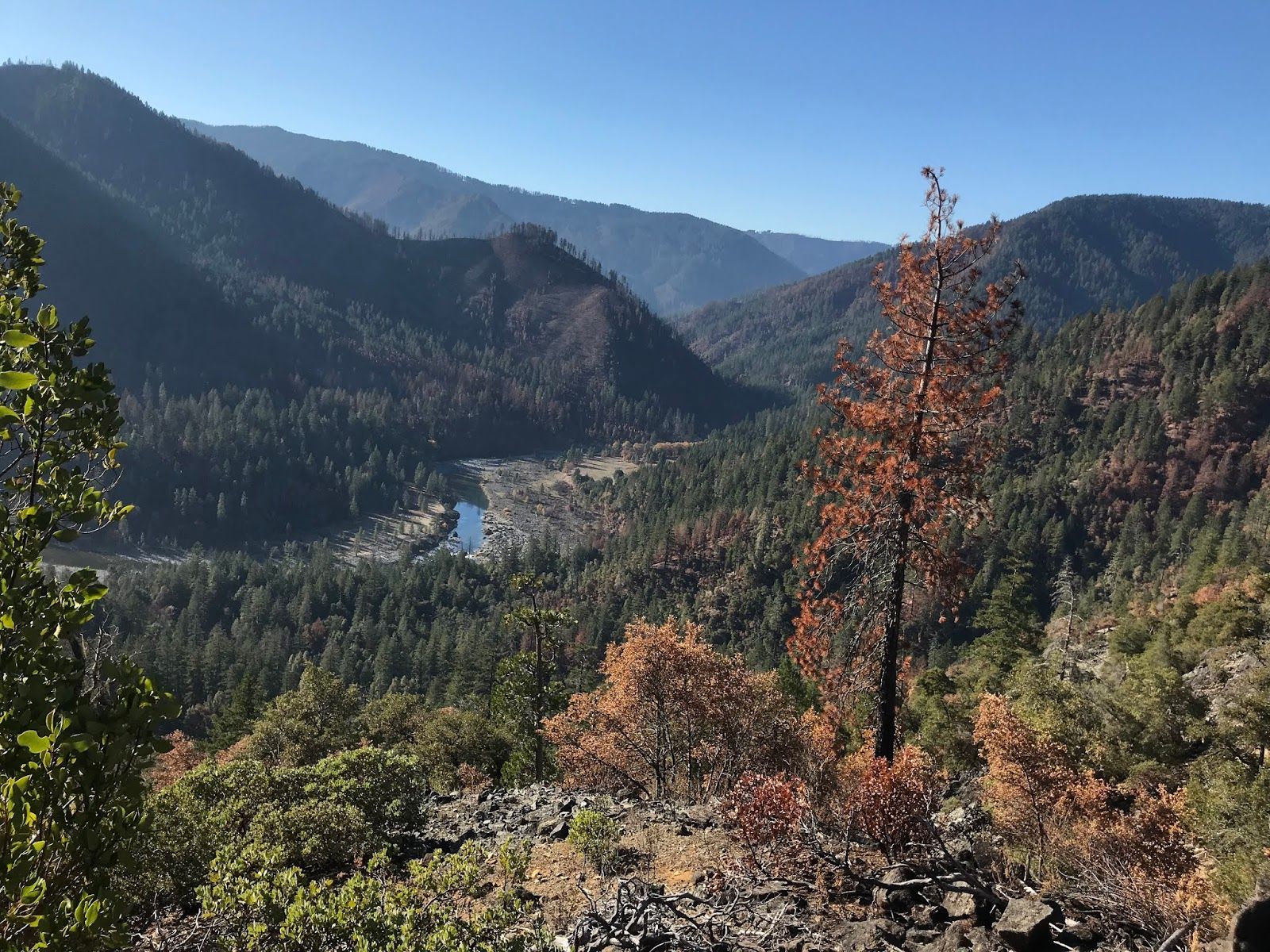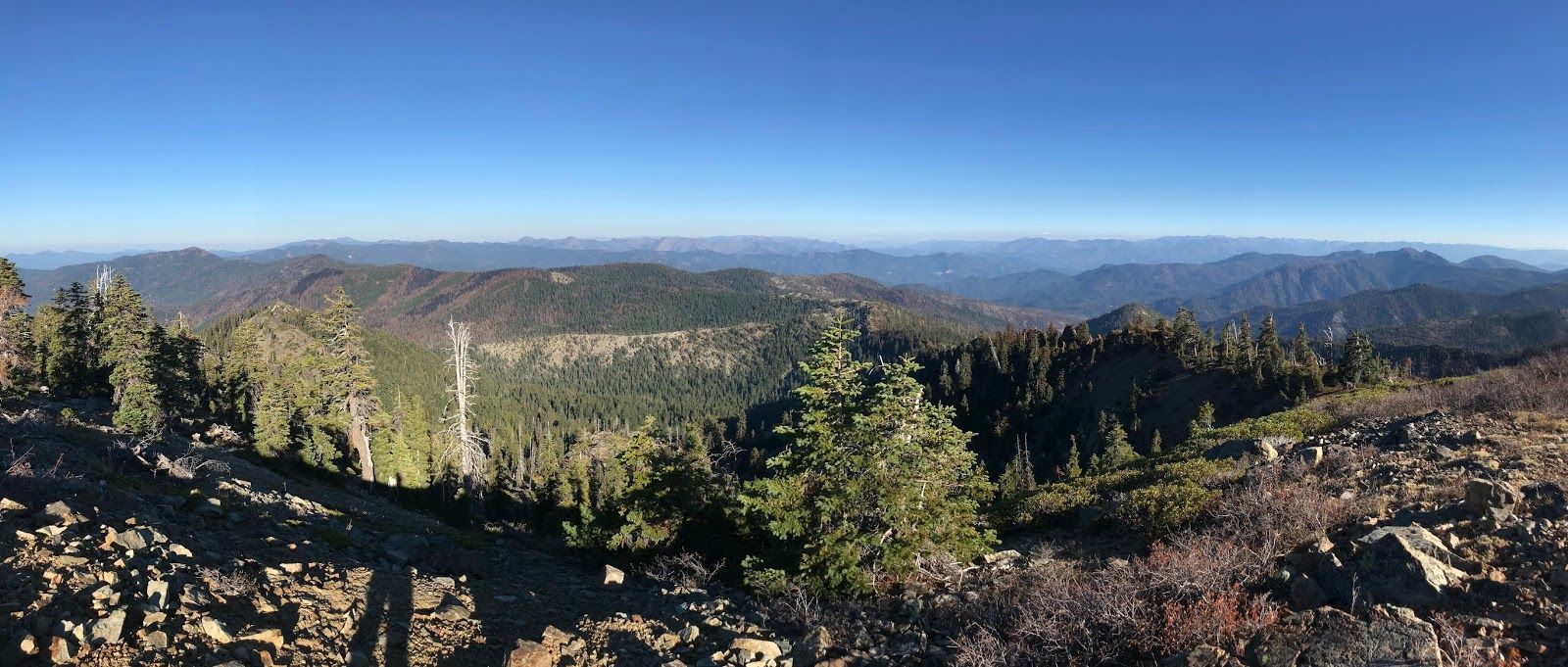The Klondike Fire Along the Illinois River Trail
A view from the Illinois River Trail to Pine Flat after the Klondike Fire.
The Klondike Fire Along the Illinois River Trail
The
Klondike Fire burned along the majority of the Illinois River Trail this
summer, deep in the heart of the Kalmiopsis Wilderness. The fire burned in a
natural mixed-severity mosaic through the 2002 Biscuit Fire footprint. The
Klondike Fire burned in a diversity of habitats, including closed-canopy mixed
conifer forests, serpentine woodlands, chaparral and forests of sun-bleached
snags. The fire reduced fuel, recycled nutrition and continued shaping the
fire- adapted forests of this wild region.
As
part of Klamath Forest Alliance’s Klamath-Siskiyou Fire Reports, we have been out on the ground exploring the
Klondike Fire, its fire effects, fire suppression impacts, and trail
conditions. Below is a photo essay of the Klondike Fire along the Illinois
River Trail. All photos were taken recently from the...





